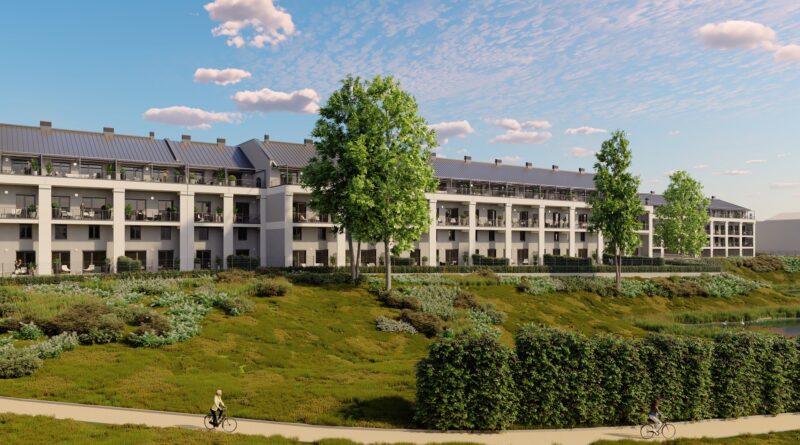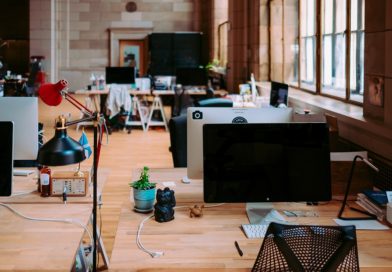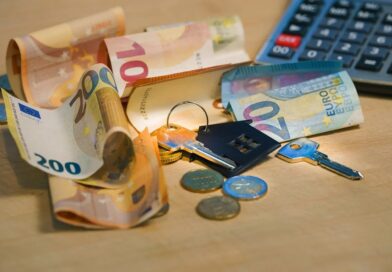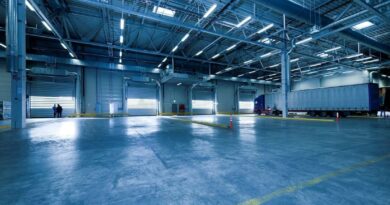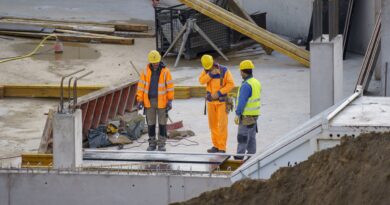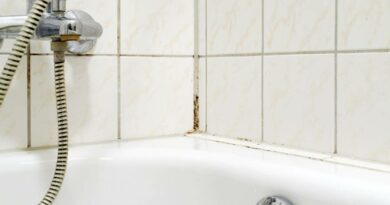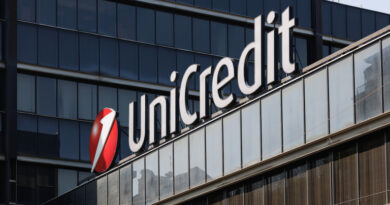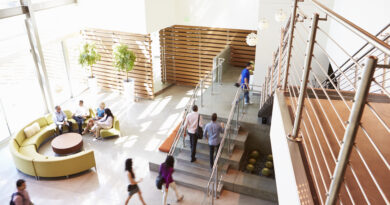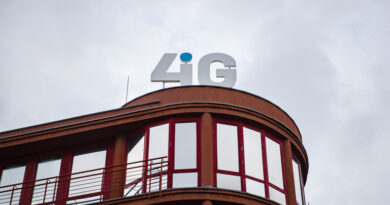Going Green in Eastern Europe
Jones Lang LaSalle is pleased to present a new research report on sustainable development in Central and South-Eastern Europe “Going Green in Eastern Europe”.
John Duckworth, Managing Director at Jones Lang LaSalle in CEE and SEE commented: “The report is a thought-leadership piece and highlights the increasing importance of expertise in the field of sustainability. At the moment Jones Lang LaSalle has almost 20 green accredited professionals in CEE and SEE and more than 1,000 globally. We will be promoting the Report at MIPIM but also will be looking to keep it up-to-date as we know how fast green development initiatives are spreading across the region. Over 500,000 sq m of office space under construction in CEE and SEE are at various stages of application for green certification, demonstrating that the trend is now becoming the norm for future developments.”
Whilst green building certification is one way in which developers, owners and occupiers can demonstrate their commitment to bringing sustainability to the built environment, the reasons of going green are more diverse and fundamental. And sustainability is not only about certifications. Climate change and its potential implications would represent a range of risks to the real estate sector including physical, financial and market demand risks. Thus energy savings in buildings design and operations represent one of the greatest potentials to reduce carbon emissions. And it has to be remembered that according to UNEP estimates, buildings globally are responsible for more than 40% of energy use, one-third of greenhouse gas emissions and 30% of raw material use. In addition, buildings that perform at a more sustainable level attract stronger tenants; have better occupancy which translates into higher asset value. “A sustainable building will quite quickly come to mean a quality building. Green offices will be proxies for quality offices. The economies in terms of rents, yields, and valuations will follow naturally.” added Kevin Turpin, LEED Green Associate and the Head of Research in CEE & SEE at Jones Lang LaSalle.
“Most real estate market stakeholders, particularly in the office sector, have already acknowledged this trend. In the CEE and SEE region, there are currently 670,000 sq m of certified office buildings, 35% of that in Prague, followed by Warsaw, Bucharest and Budapest. There is a massive pipeline of development due for 2012-2014 that is committed to sustainability, particularly in Warsaw.” – continued Turpin. Rita Tuza, Head of Research at Jones Lang LaSalle Hungary noted: “In Hungary there are currently 144,000 sq m of LEED or BREEAM certified office buildings. Our very limited office pipeline is 100% pre-certified with Váci Greens already awarded BREEAM Design Excellence certificate and Green House applying for the LEED Platinum certification.”
According to the US Environmental Protection Agency, green building is the practice of creating structures and using processes that are environmentally responsible and resource efficient throughout a building’s life cycle. Across the globe, a number of design and assessment methods for sustainable buildings have been developed with the most popular and widely used in CEE and SEE being BREEAM Europe Commercial, and LEED for New Construction & for Shell and Core (64% and 36% of existing office stock in the region respectively). They both have similar goals i.e. popularization of good practices in sustainable building and ensuring comparable assessments of green buildings worldwide. In respect of office stock under construction, 32% will be LEED certified and 68% go with the BREEAM system. By the year 2020, all new developments should be zero energy buildings, and by the year 2050, emissions from all buildings have to be as near zero as possible. To reach these goals significant changes to the current practices should be made. The report sets out important guidance for office space owners, developers, investors and occupiers of how to achieve these. Ultimately, it is the occupier choice which building to select and those with better indoor air quality and low toxic materials have a positive impact on people’s health and less time off through sickness increases performance at work and is an obvious target of every occupier.

